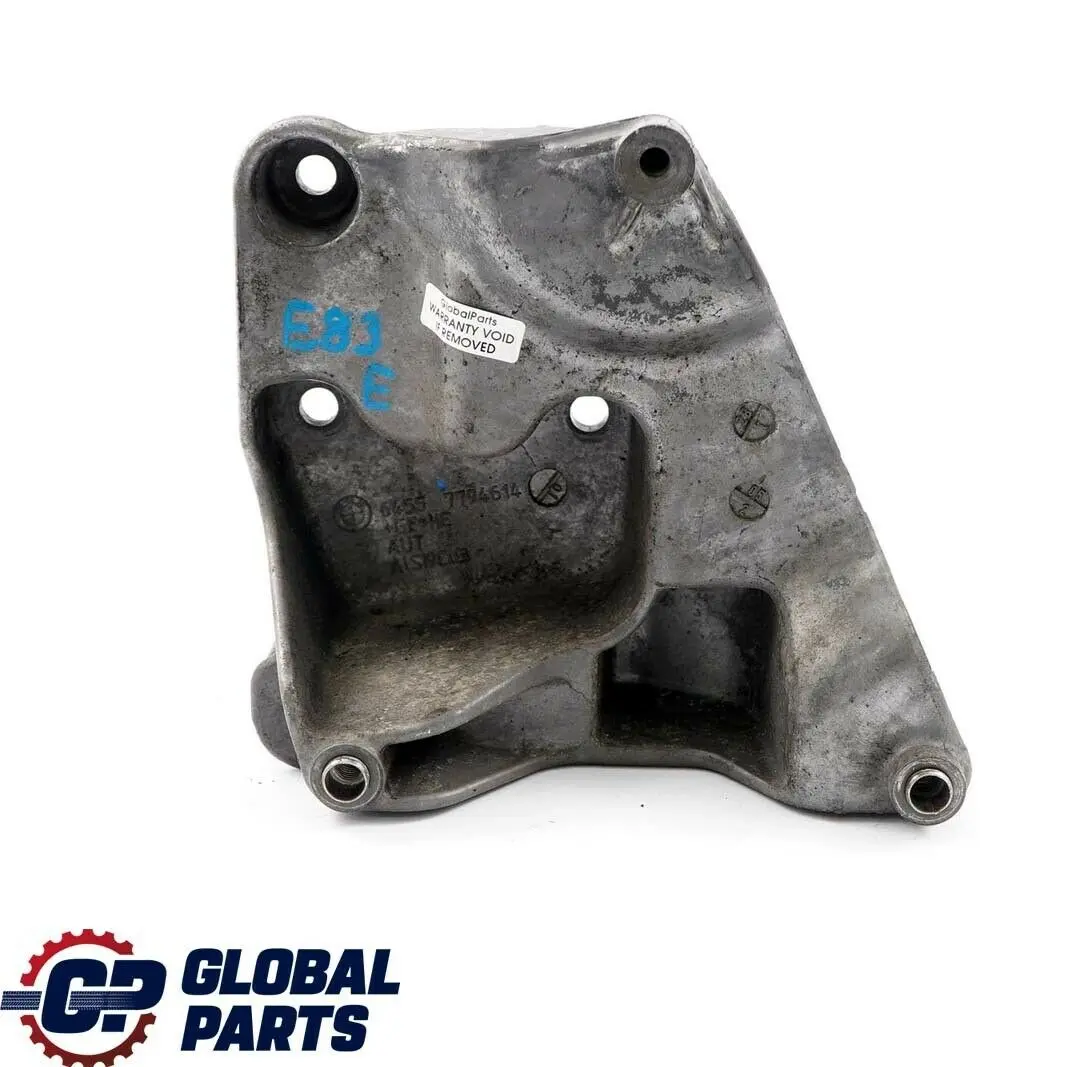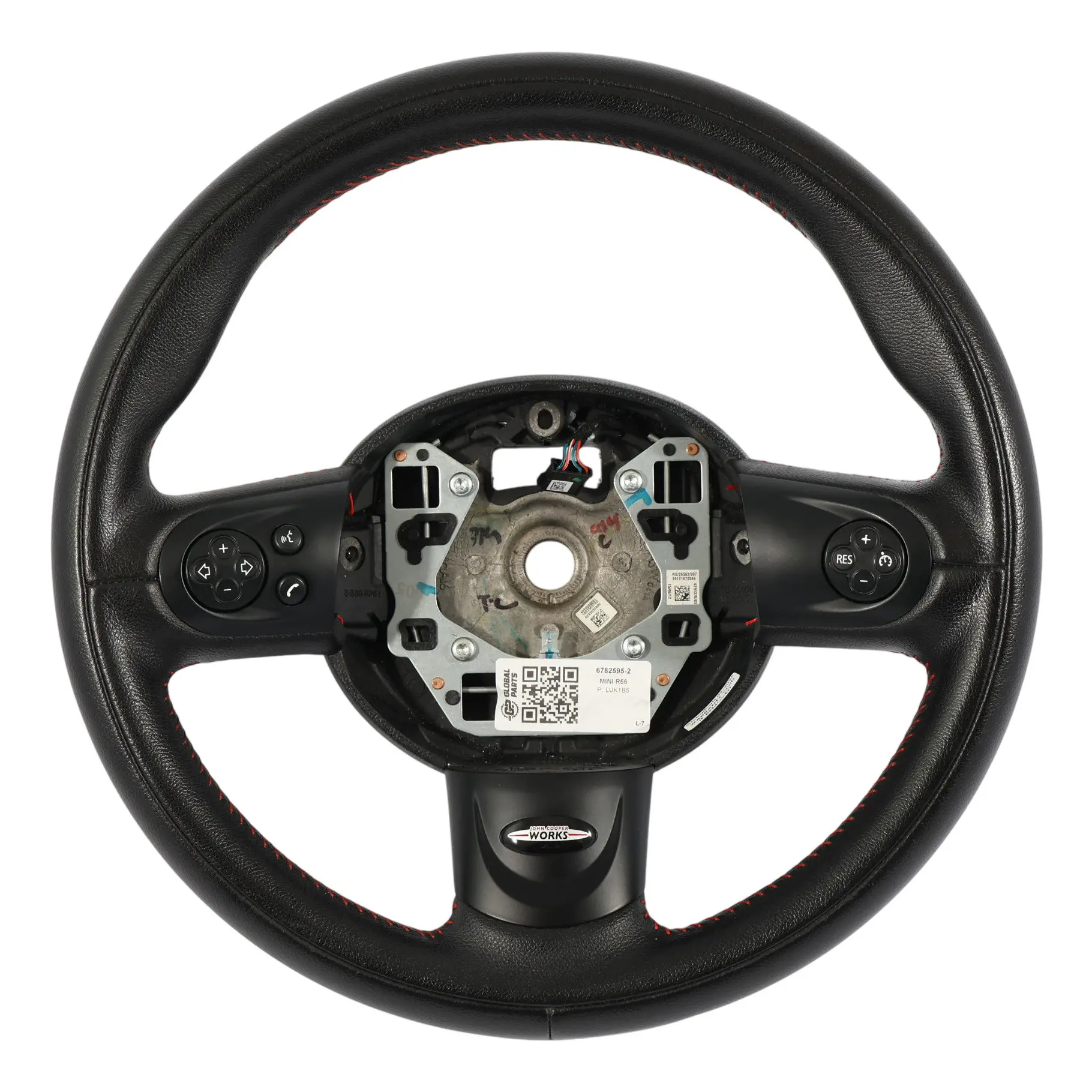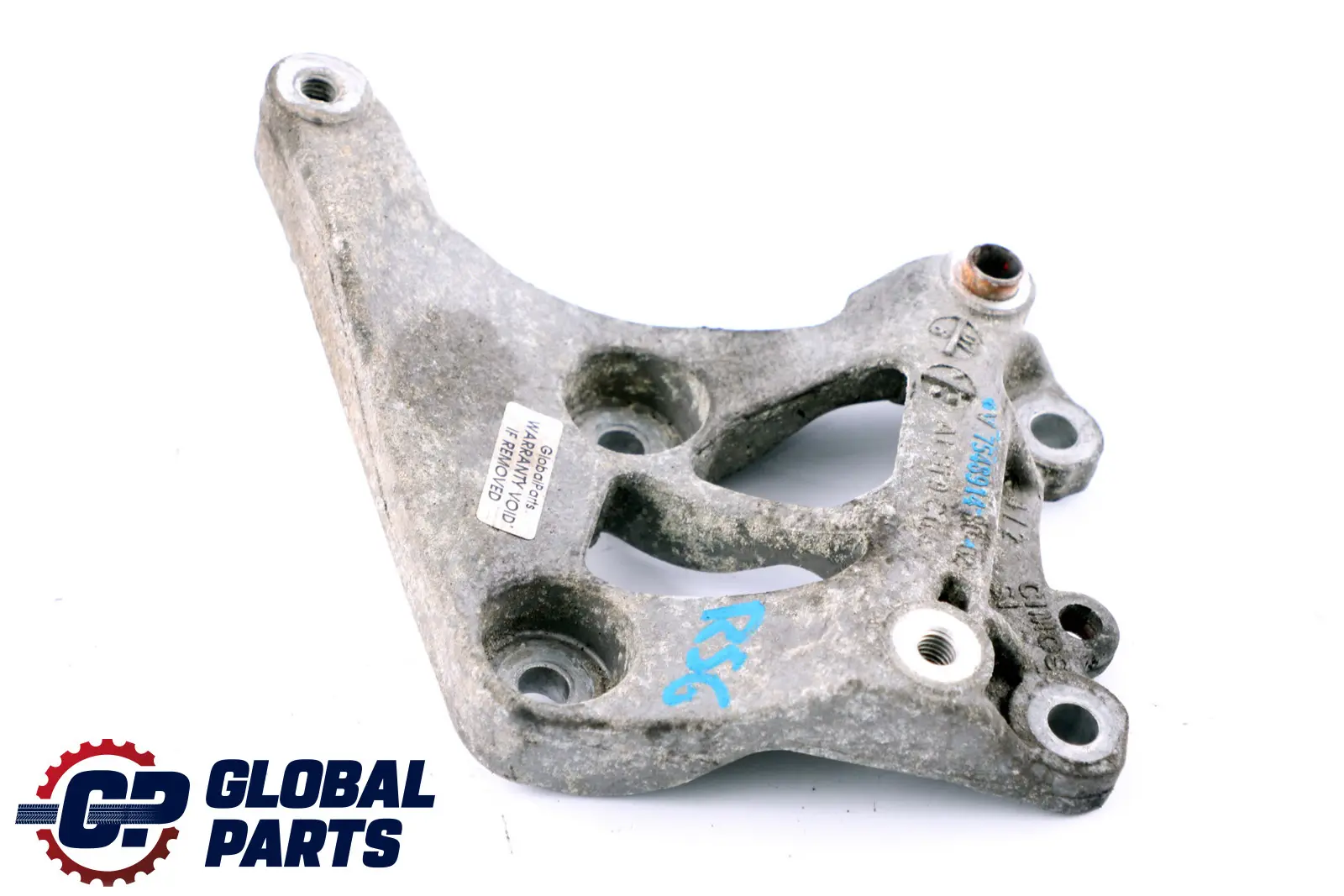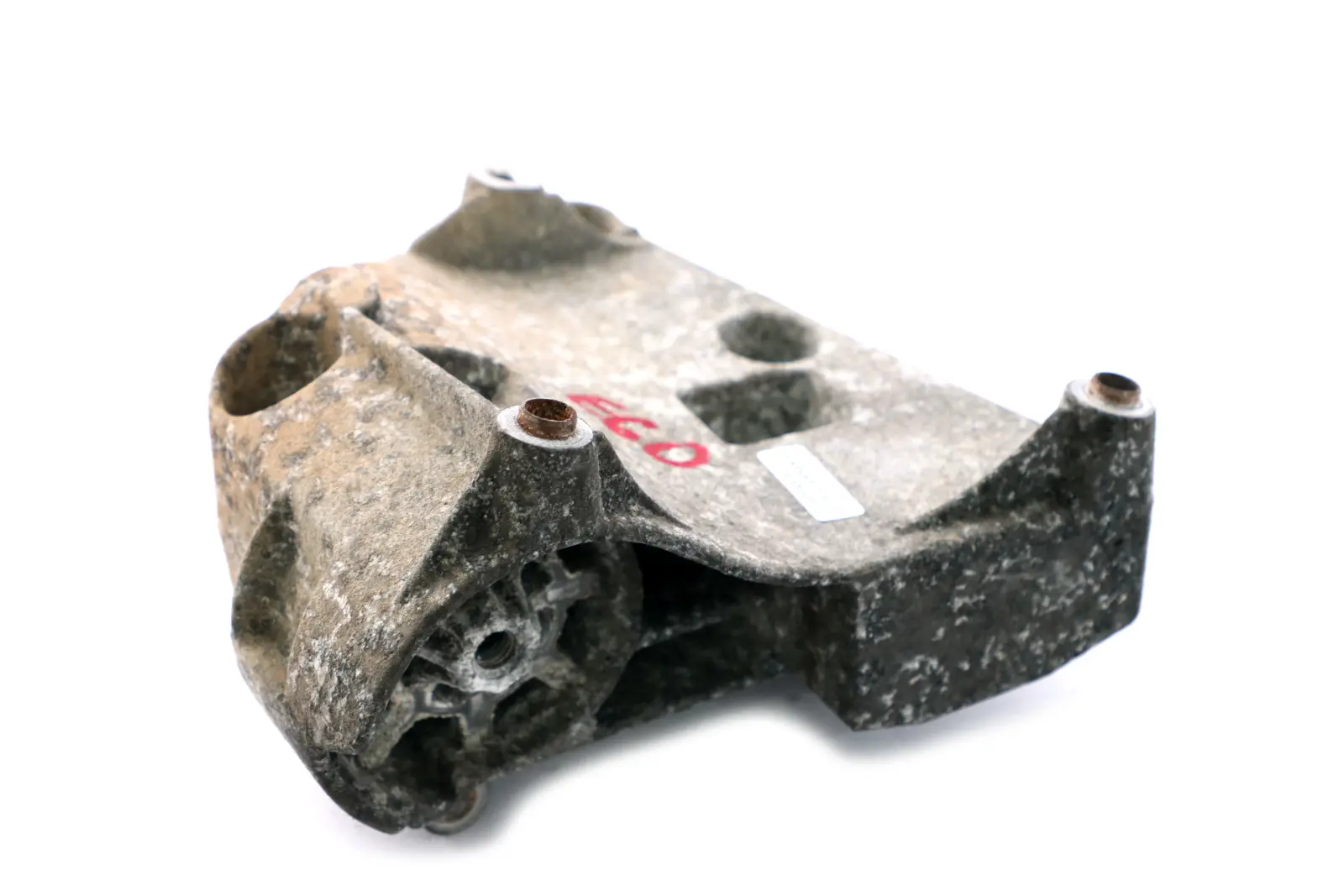Air conditioning and heating – parts selection and maintenance for year-round comfort
Thermal comfort begins with efficient systems: the car's air conditioning cools in the summer, and the car's heating dehumidifies the windows and stabilizes your well-being in the winter. The shortest path to predictable installation is original (OEM) components, even used ones – they retain their geometry and connectors, allowing the air conditioning and heater to return to manufacturer parameters. In older model years, catalogs for new indexes are sometimes limited, so a used compressor or condenser often shortens repair time and lowers the total cost. Various brands use their own solutions – from the simple manual air conditioning in the BMW E60 to the complex systems in the Mercedes Vito/W202 – so matching by VIN/OEM saves you time and man-hours. The text includes definitions, selection steps, model examples, component tables, and FAQs; Global Parts consultants will subtly help confirm compatibility and availability before the car comes off the lift.
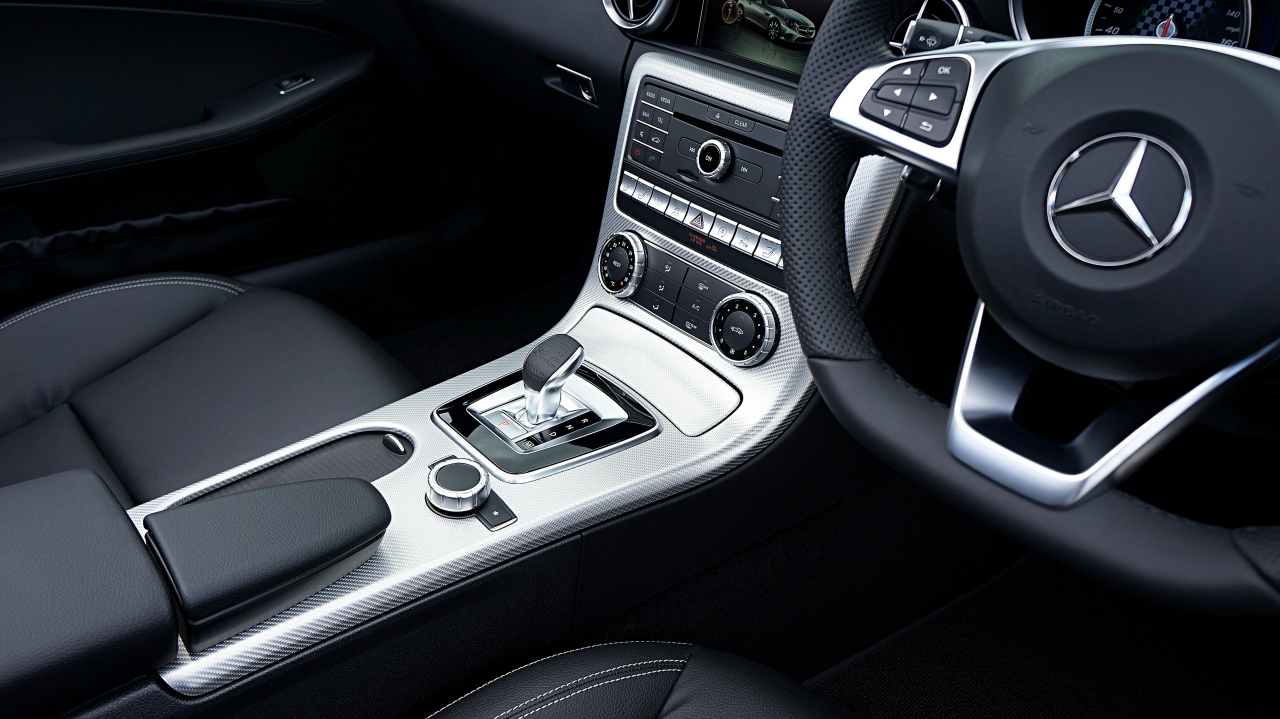
Air conditioning – operating context and key components
The first visual clue is the "closed refrigerator on wheels": the air conditioning system circulates the refrigerant between low and high pressure, extracting heat from the cabin and releasing it in front of the vehicle. In simple terms, the system consists of a compressor, a condenser (air conditioning condenser), an expansion valve or throttle nozzle, an evaporator, and lines and a dryer. The slightest error in the selection of a connector, a thread difference, or a different connection angle can add hours to the installation, so it's worth relying on OEM and catalog numbers. Thermal comfort isn't just about "coolness": an efficient air conditioning system dries the air, defogs windows faster, and improves the driver's concentration. In real projects, cooling the gearbox/auxiliary systems is also important – with a poorly selected condenser, temperatures can rise despite the "coolness" in the cabin.
Air conditioning – evaporator, condenser and compressor in outline
The evaporator is located in the HVAC heater and cools the air into the interior, the condenser (condenser) releases heat in front of the car, and the compressor increases the pressure and "pushes" the refrigerant through the circuit. It is worth combining a used BMW E46 air conditioning compressor or Opel Corsa d air conditioning compressor with a new dryer and hose flushing - filings and moisture shorten the life of the valve and bearings. In cars with active radiator shutters, the selection of the condenser must also take into account the mounting of the covers and sensors. Differences in the thickness of the condenser pack (e.g., in the VW Touran/Peugeot 307) directly affect performance in hot weather and high pressure stability.
Heating – the context of the system and where the "heat" is lost
The shortest definition is: the heater uses heat from the engine coolant, dissipating it in the heater core and directing the flow through the mixing flaps. In urban conditions, short routes and air in the water system are common culprits for poor heating, while a clogged cabin filter adds moisture and fog to the windows. In models with automatic climate control, the software controls the flap actuators – an incompatible motor/positioner from a different model year disrupts the distribution logic. The heater core should have a compatible port configuration and fin cross-section, otherwise resistance will increase and flow will decrease. In older cars (e.g., the BMW E39 heater core or the A8 D3 heater core ), a used OEM replacement will offer a "point-to-point" fit, but it's still worth adding new seals and clamps.
Heating – heater, flaps and coolant
The Audi A3 heater core, Ford Mondeo MK4 heater core, and Berlingo heater core differ in their port diameters and mounting locations, so matching by VIN eliminates the need for custom adapters. When replacing, it's a good idea to flush the HVAC unit and lines, then bleed the system, following the manufacturer's procedure. In cars with electric boosters (e.g., VW electric heaters), alternator performance and network load determine the final result – there's no room for "almost-matching" adapters. A small detail that makes a difference: a new cabin filter restores the correct pressure drop and reduces moisture after each service.
Air Conditioning – Choosing Used OEM Components and When It's Worth It
The strongest argument for this is the geometry and connectors: the original Mercedes W203 air conditioning condenser, BMW E46 air conditioning condenser, or Peugeot 307 condenser are held by mountings and threads, so installation doesn't require any modifications. In cars with limited availability of new references (e.g., Mercedes W202 air conditioning, Voyager air conditioning from older models), a used OEM part shortens the repair time because it can be obtained immediately. In the BMW E60, manual air conditioning and BMW E90 air conditioning have different control panels and sensors – used panels from the same model year limit coding. In an everyday "daily" air conditioning system, such as the Opel Corsa air conditioning, the practice is identical: compressor + dryer + flushing + tightness = constant pressures and a dry evaporator. Overall, the greatest benefits are achieved in hot weather: good air conditioning efficiency lowers the IAT in the intake manifold and stabilizes the engine's running smoothness on long uphill drives.
Air conditioning - compressor and condenser: what to buy used, what to buy new
A used E46/Insignia/Polo 9N air conditioning compressor makes sense if it's from the same family and has no axial play – a new dryer, O-rings, and oil meeting specifications are included. A condenser (Mercedes W203, VW Touran, Peugeot 307) can be considered a used OEM, provided the fins are well-cleaned and there are no fallen fins – mechanically, it's usually a "plug-in." Flexible refrigerant lines and rubber components are worth replacing, as material aging isn't easily detected by visual inspection. In each case, after installation, a vacuum is performed, a leak test is performed, and the refrigerant is charged according to the rating plate.
Heating – using OEM components saves time and money
A used heater core (Audi A3, BMW E39, MINI Cooper R50) or HVAC flap assembly with the correct positioning motor allows you to avoid lengthy searches for new parts from an outdated catalog. In Mercedes W211/W202 and VW/Skoda (Octavia 2, A3 8P), compatibility of mountings and nozzle diameters determines whether the assembly will close "in one go." With electric heaters, selecting the correct VIN/OEM also means selecting the correct electrical load – this ensures the safety of the alternator and CAN network. In the popular BMW E60/E90, cracked nozzles or mismatched fittings can add hours to the job; a used OEM eliminates this risk. The economic sense comes down to the TCO: fewer repairs, shorter downtime, and a lower overall cost.
Heating - Coolant, Venting and Anti-Fogging
After each intervention in the heating system, the fluid is replaced according to specifications, the circuit is flushed, and the air is purged according to the manufacturer's procedure. The cabin air filter is mandatory – it's responsible for moisture and window fogging after leaving the workshop. For cars driven "short distances," it's worth planning a longer route after collection; the warm circuit evaporates condensation and dries the evaporator. If you smell moisture in the cabin despite a functioning system, you should look for leaks in the windshield and around the air intake.
Air conditioning and heating – brand, solutions and features (model overview)
BMW E60 air conditioning (manual) and E90 air conditioning differ in panel logic and sensors; using OEM panels from the same family shortens coding. Vito air conditioning and Mercedes W202 air conditioning are based on similar HVAC concepts, but differ in mounting and wiring layout – matching by VIN eliminates surprises. Mercedes W203 air conditioning condenser and BMW E60 530d (ASB) water condenser/heat exchanger require compatible brackets and clamps; in this case, "almost fits" means a longer downtime. VW Touran/Peugeot 307 air conditioning compressors have year variations – the nameplate and manufacturer index are decisive. Finally, Voyager air conditioning and Opel Corsa air conditioning demonstrate that regardless of the segment, a simple set: compressor + dryer + flush + sealing produces a predictable result. 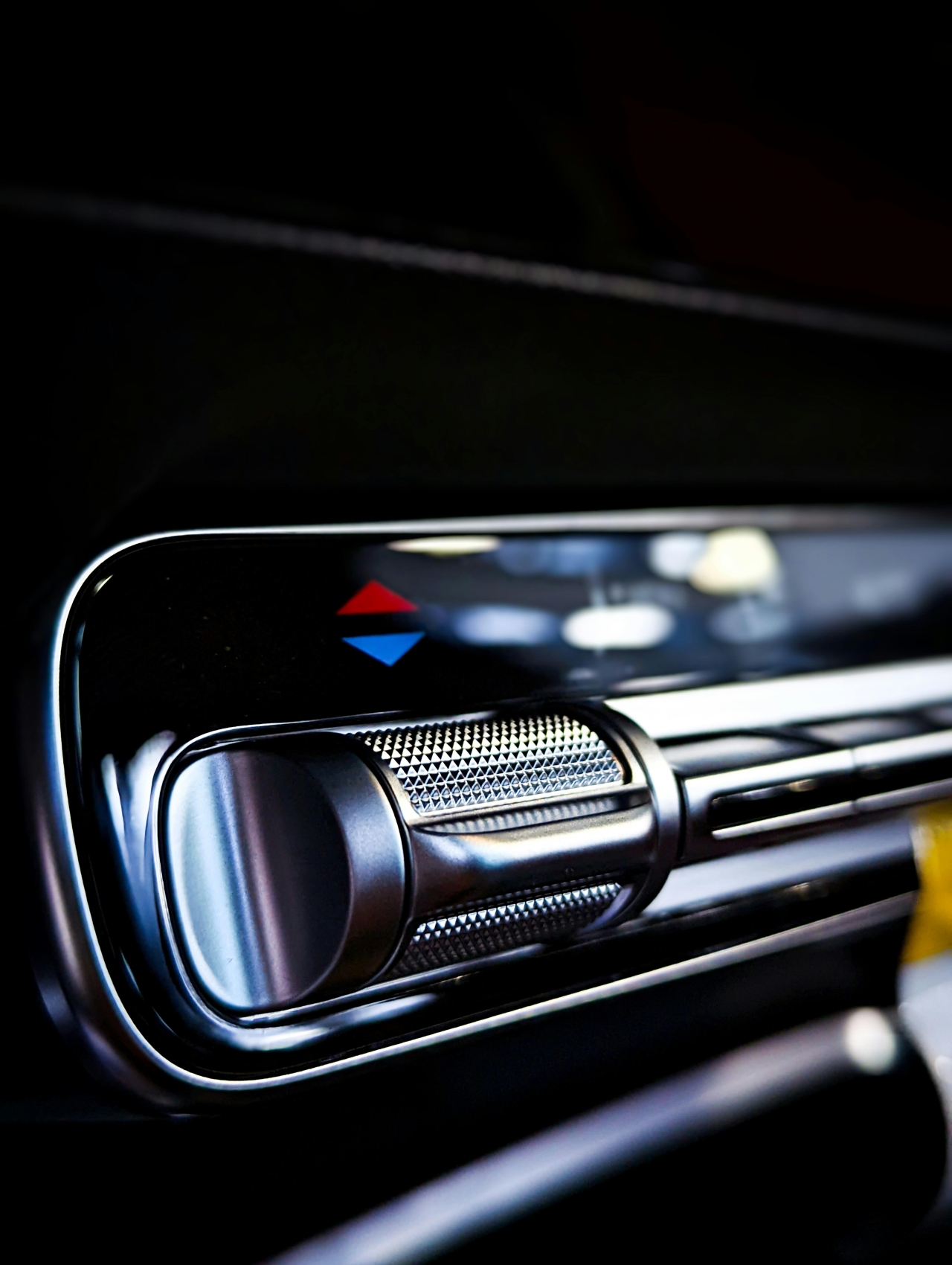
Air conditioning and heating – component table and selection guidelines (abbreviation)
| System | Element | What to check | Matching Tip |
|---|---|---|---|
| air conditioning | compressor | axial play, oil connection type | OEM index, new oil and dryer |
| air conditioning | condenser | lamellas, fasteners | package thickness, mounting angle |
| air conditioning | dryer | date, thread condition | always new after repair |
| air conditioning | wires | cracks, corrosion | new O-rings, vacuum and fill |
| heating | heater | connectors, lamellas | Compatibility of diameters and seals |
| heating | flaps/actuators | positioning, noise | year and soft numbering |
| heating | fluid/cabin filter | color, flow resistance | rinsing + new cabin filter |
Air conditioning and heating – symptoms, causes and actions (abbreviation)
| Symptom | Probable cause | What to do |
|---|---|---|
| poor cooling | low refrigerant mass / dirty condenser | vacuum + filling / washing the condenser |
| noisy compressor | worn bearings / filings | compressor replacement + dryer + rinsing |
| the smell of damp | dirty evaporator/filter | evaporator cleaning + new filter |
| poor heating | air in the system / clogged heater | bleeding/flushing the heater |
| steaming windows | high filter resistance / moisture in the pit | filter + air intake seal |
FAQ – Air Conditioning and Heating: Selecting Used OEM Parts (Q&A)
| Question | Short answer |
|---|---|
| What does "selection by VIN/OEM" mean in air conditioning and heating? | The VIN filters the car version, and the OEM number completes the compatibility of connectors, mounts and electronics. |
| When does it make sense to use a compressor? | When it comes from the same family, there is no axial play and the set includes a new dryer and flush. |
| Can a condenser be purchased used? | Yes, if it is OEM without any damage to the fins and dimensionally compatible; it is worth replacing the rubber hoses. |
| How to recognize air in the heating system? | “Bubbling” after start-up and poor heating; flushing and bleeding required. |
| Why is the cabin air filter replaced with every HVAC repair? | Reduces moisture and pressure drop; without it, the service effect is short-lived. |
| Do different brands require different procedures? | Yes, but the basis is always the same: VIN/OEM + flushing/tightness + temperature logs. |
| When to go to the service? | Vacuum/filling, venting, flap diagnostics, electric reheating – for safety and performance. |
First, it's worth defining the goal (daily air conditioning, fast heating, window demisting), then confirming compatibility by VIN/OEM and assembling the cart into one family. Global Parts will help you subtly check the availability of original used parts – from compressors and condensers, through heaters and flap actuators, to hoses and filters – to ensure your air conditioning and heating work predictably all year round.
